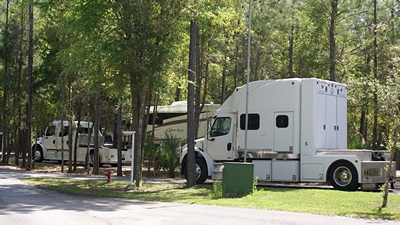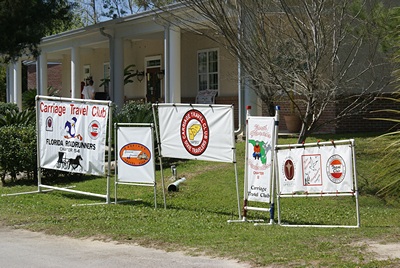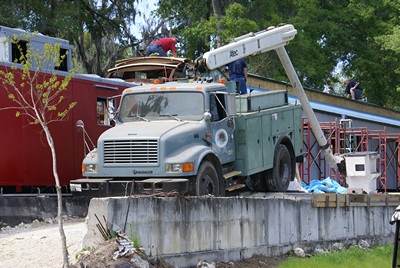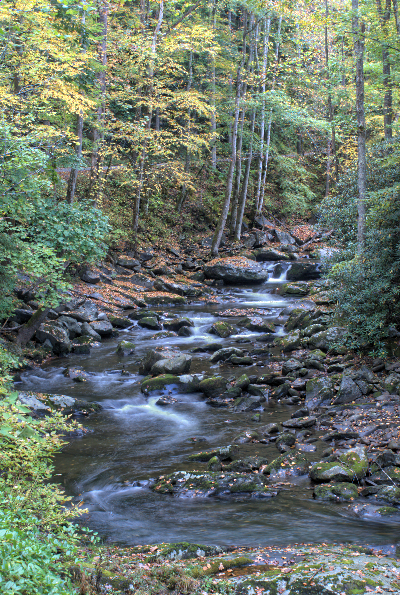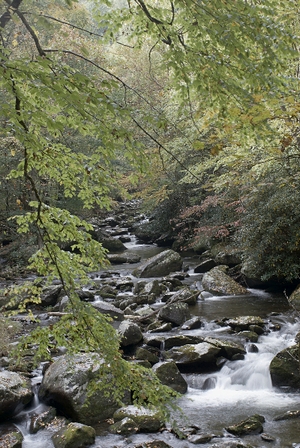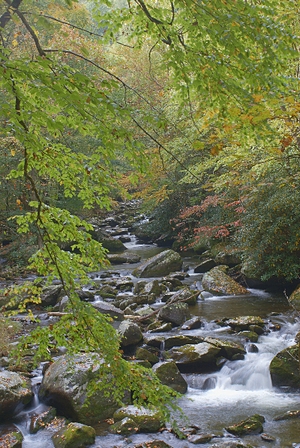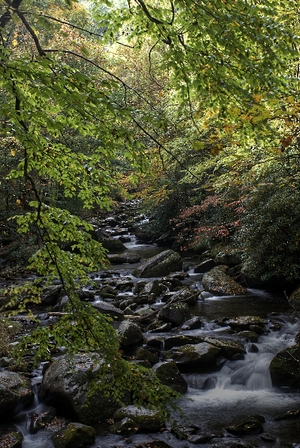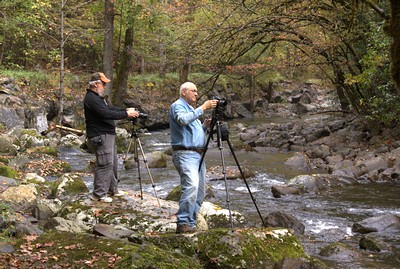Today marked the one year anniversary of Linda’s retirement from Metropolitan Baking Company where she was the controller/treasurer and HR person for 10+ years and the outside CPA for many years before that. She is still working for the bakery as a consultant, which was part of the reason for her return to Michigan in late February, but she has also been learning how to be retired over the course of the past twelve months.
This is now the 5th month in which I have been continuously away from “home” even though the number of days is less than 120 and will only be 126 to 129 days by the time we return to our house. That may be the longest I have ever been away from a fixed/permanent residence in my life. The only time that would come close to that was my first year in college when I lived in a dormitory for the school year. Even then, it was two semesters with a break in-between, and the semesters were only about 14 weeks in duration as best I recall.
I was reading a post in Nick Russell’s Gypsy Journal blog the other day where he provided answers to FAQ’s he often gets from readers. One of them had to do with the definitions of “full-timer” and “extended-timer.” As Nick pointed out, there are no official definitions, but common sense (and usage) suggests that full-timers do not have a fixed dwelling to which they can return while extended-timers do, even if they are rarely or ever there. How much time do you have to spend in your RV (land- or water-based) to be an extended-timer? Again, there is no definition, but common sense (and usage) suggests that it is more than 3 – 6 weeks’ vacation usage and less than full time.
Since Linda retired one year ago today we have spent the following time traveling and living in our converted motorcoach:
- 59 days – (early Jun to early Aug). MI, IN, IL, IA, SD, WY, MT, ND, MN, WI, MI. Two rallies in Gillette, WY (FMCA and SKP) and a 2-week SKP HFH build in Sheridan, WY plus visits to national parks;
- 6 days – (mid Aug). Clio, MI GLCC/CCO Back to the Bricks rally;
- 10 days – (mid Sep) MI, IN, MI Twelve Mile, IN and GLAMARAMA13 rally in Goshen, IN;
- 12 days – (mid Oct). MI, OH, KY, TN, VA, WV, OH, MI. SKP Photographers BOF photo workshop/rally in Townsend, TN. GSMNP and camping with family in VA;
- 103 days – (Dec 19 – Mar 31). MI, OH, KY, TN, GA, FL. Mostly in north central Florida; our first season as snowbirds.
That’s 190 days; more than half of the last twelve months. We don’t have a numerical target, but our sense of how we want to blend RVing with living in a fixed house is to be in the RV for 6 – 8 months out of any given 12 month window but probably not gone for much longer than four months at a time. It won’t always happen that way, of course, but on average that seems like a comfortable balance to us at this time based on our limited experience and current circumstances.
While going back and forth to the laundry building I stopped and chatted with Jeff for a while. It appears they have developed a problem with the 12VDC house system in their motorhome. They noticed it the previous evening as a diming of their lights and then realized the refrigerator did not want to work, even on propane. I mentioned that we had just had a refrigerator problem and had stored our food in the refrigerator in the Activity Building kitchen while we got it sorted out. I suggested how he might go about isolating the problem but did not jump in to try to solve it as there was another guy there also giving advice. Too many cooks creates more problems than it solves.
We went to Satchel’s for an early dinner; our final opportunity to enjoy their excellent vegan pizza. In addition to John and Ali we were joined by Kevin, Sharon, Ian, and Pat. We had essentially the same pizza as before; hand-tossed thin crust with pesto base topped with mushrooms, onions, and sun-dried tomatoes. Instead of the Daiya non-dairy cheese, however, we had the cashew cheese. Instead of being shredded and evenly spread around the pizza it was in quarter-sized chunks like small mozzarella balls. It resulted in a different pizza, but it was just as good as the other pizzas we have had there. I also had the ginger pop. They make it in house from real, fresh ginger. The last time it was a bit weak, but today it was the best yet. The ginger was so strong that burned slightly. Exquisite.
The weather had been perfect all day so after we got back we sat around chatting with John and Ali and were joined by Jack and Silvia who were just finishing their evening walk. We had a small glass of Trader Joe’s Pinot Grigio. This is one of the wines Trader Joe’s sells for $2.99 a bottle. Our assessment was that you get about what you pay for, but in all fairness Pinot Grigio is a wine we normally drink with a meal, not as a before or after dinner drink. We were also having grapes for “dessert” and their sweetness probably made the wine seem dry by comparison. I do not care for dry wines, especially as a before or after dinner drink. We will try the rest of the bottle with a meal and see if our first impression was off base. We would love to find a $3 wine that we really like.
